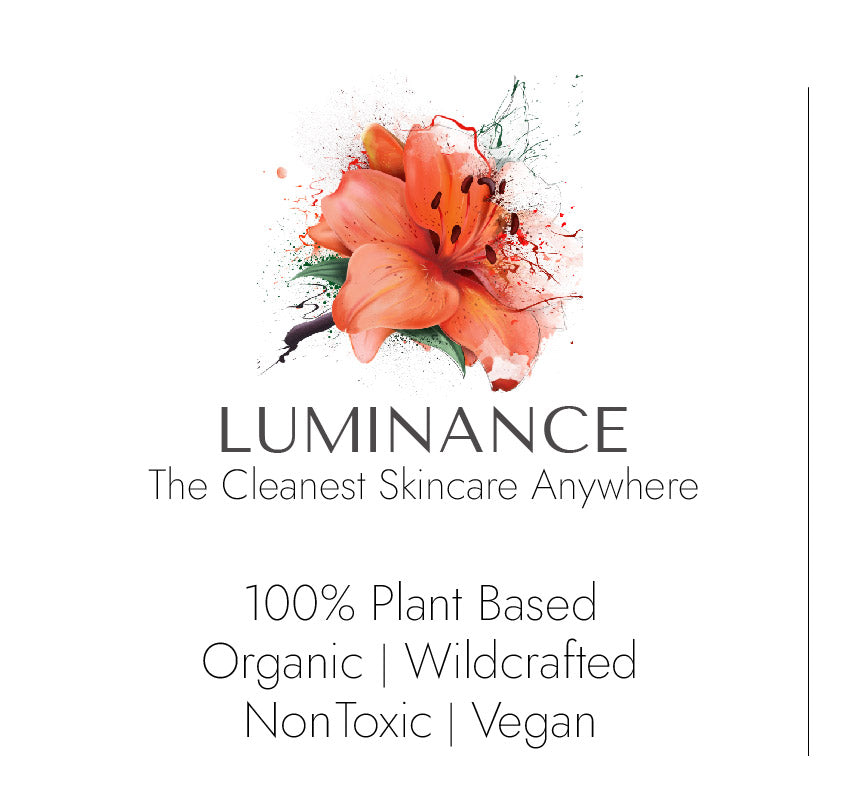Lipids Form A Selectively Permeable Barrier Allowing Beneficial Substances Like Water, Vitamins And Nutrients To Pass Into Your Skin While Harmful Substances Are Blocked Out.

Ceramides Are A Critical Part Of Lipids, But First Lets Talk About Lipids.
Skin lipids, often referred to as the "lipid barrier" or "skin barrier," play a crucial role in maintaining the health and functionality of the skin. Here's how skin lipids work and why they are essential for maintaining healthy skin.
Ceramides are a critical component of your skins lipids.
How Skin Lipids Work:
The lipids in the stratum corneum are organized in a way that forms a semi-permeable barrier. This barrier allows for selective permeability, meaning that it lets essential substances in (like water and nutrients) while keeping harmful substances out. The skin lipids also play a role in preventing the excessive loss of water through the skin, which could lead to dryness and compromised skin health.
When the skin's lipid barrier is compromised due to factors like harsh cleansers, environmental stressors, or certain skin conditions, it can lead to various skin issues. These issues may include dryness, sensitivity, inflammation, and an increased risk of infection.
In summary, skin lipids are vital for maintaining the overall health and function of the skin. They create a protective barrier, regulate moisture levels, and prevent water loss, helping to ensure that the skin remains hydrated, comfortable, and resilient.
Skin Lipids: Structure, Function, and Components
Skin lipids are a complex mixture of fats, oils, and molecules that are vital for maintaining the health and integrity of the skin's barrier. They are predominantly found in the outermost layer of the skin, known as the stratum corneum, and play a pivotal role in ensuring the skin's protection, hydration, and overall well-being.
Ok Now Lets Discuss Ceramides, A Critical Component Of Skin Lipids
Ceramides play a critical role in maintaining the skin's barrier function. They form a lipid matrix between skin cells, acting like "mortar" that holds the "bricks" (skin cells) together. This structure prevents excessive water loss, maintains hydration, and protects against environmental stressors. Ceramides also contribute to regulating cell turnover and maintaining a healthy balance between moisture and oil production.
When the skin's ceramide levels are compromised due to factors like aging, harsh skincare products, or environmental stressors, the skin's barrier becomes weakened. This can lead to issues such as dryness, sensitivity, and an increased susceptibility to irritants and pollutants. Incorporating skincare products that contain ceramides can help replenish and support the skin's natural barrier, promoting hydration, resilience, and overall skin health.
- Ceramide 1 (Ceramide EOS): Ceramide 1 is involved in the formation of the lipid layers that constitute the skin's barrier. It helps to hold skin cells together, creating a strong and cohesive barrier that prevents water loss and protects against external irritants. Ceramide 1 also contributes to maintaining the skin's overall integrity.
Fatty Acids Found In Skin Lipids And How They Work To Keep Your Skin Healthy
Fatty acids contribute to the skin's flexibility and barrier function. Linoleic acid, an essential fatty acid, is particularly important for maintaining the fluidity of cell membranes and preventing trans-epidermal water loss. Different fatty acids have unique properties and functions that contribute to the overall function and appearance of the skin. Here's an explanation of some of the main fatty acids found in skin lipids and how they work.
And Yes Cholesterol Is A Lipid And Plays A Role In The Stratum Corneum.
Cholesterol molecules help stabilize and regulate the fluidity of cell membranes within the stratum corneum. They maintain the proper balance between rigidity and flexibility, which is crucial for a functional barrier.
In summary, skin lipids, composed of ceramides, fatty acids, and cholesterol, form the skin's protective barrier. They prevent water loss, maintain hydration, and shield the skin from external stressors. Each component has a specific role in maintaining the skin's health and overall integrity, ensuring that it remains resilient, hydrated, and able to withstand environmental challenges.


